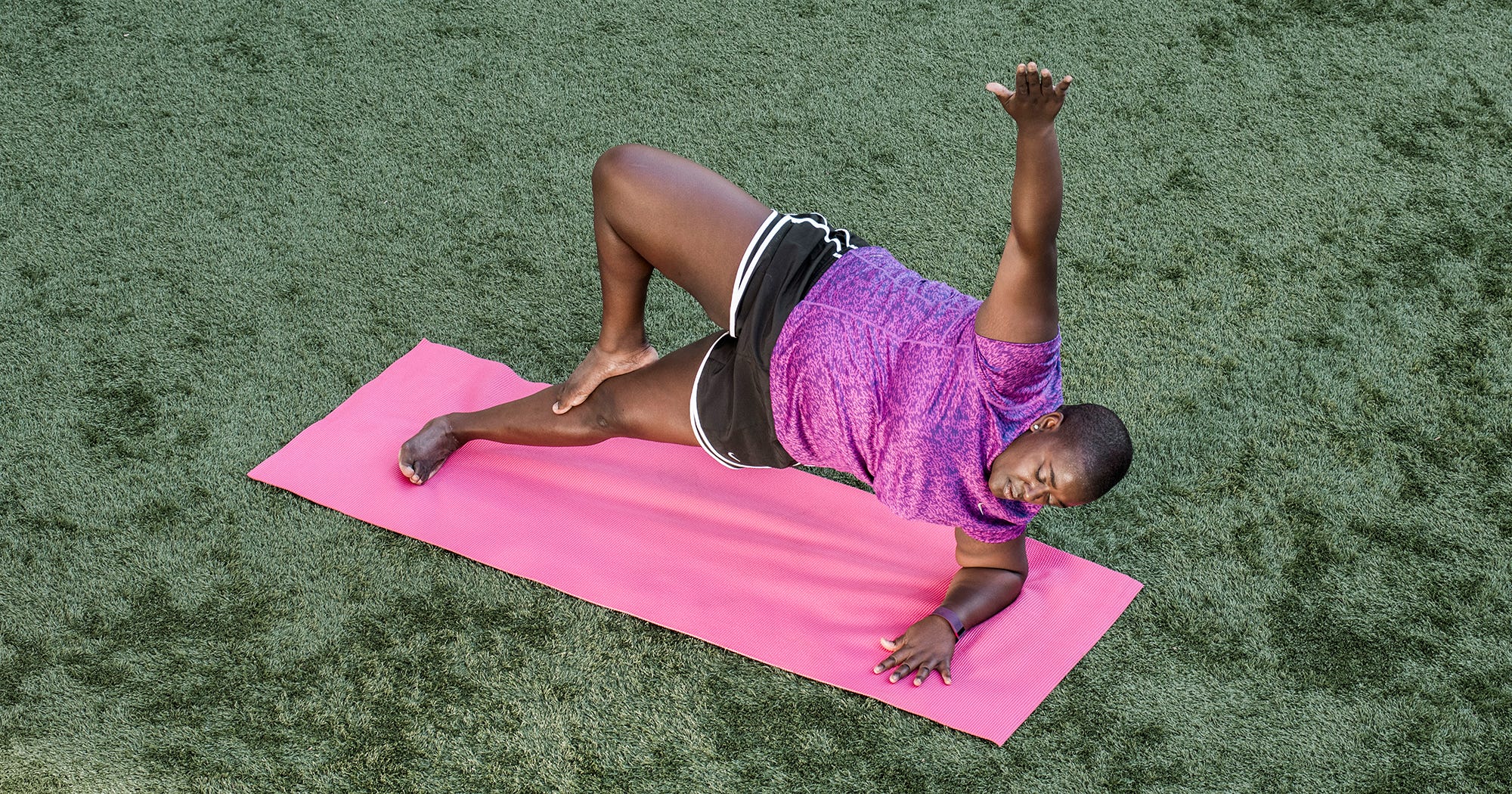
There are many types and styles of yoga. The following are Ashtanga Vinyasa Power, Power, and Yin. Learn more about each type of yoga and how you can get started today. Each form of yoga is suited for different types of bodies and fitness levels. There are many benefits to each.
Ashtanga
Ashtanga yoga is a challenging technique that promotes flexibility and body endurance. Some say that Ashtanga yoga can also cultivate a sense of mindfulness. For some, however, this kind of yoga might be too demanding. Many styles of yoga are available for those who want to challenge themselves.

Vinyasa
Vinyasa Yoga is unlike other types of yoga in that each pose can be held for a different number of times. This gives the instructor more freedom and allows for flexibility in the movement. It is not physically as demanding as Ashtanga yoga, but can still raise the heart rate and create a lot of heat in the body.
Power yoga
Power yoga, a form of energetic vinyasa Yoga, was developed in the United States in the 1990s. Its forms are based on Bikram Yoga and Ashtanga Vinyasa Yoga.
Yin yoga
Yin yoga is a form of yoga that targets deep connective tissues in the body. It is designed to increase flexibility and improve circulation. While most yoga forms focus on stretching muscles or yin yoga, it focuses on deeper connective tissues called fascia. This area of the body may become shortened, tense, and even painful from injuries, habits, or aging. Yin Yoga can help improve the range of motion in these tissues, and also release trauma.
Restorative yoga
Restorative yoga, a type of yoga practice, helps to calm the mind and body by activating the parasympathetic nervous systems. This system keeps the body's basic functions running smoothly and helps to reduce blood pressure and stress. Five to six poses can be held in a typical restorative yoga sequence for up to five mins. You will also find stretches to lengthen your muscles and connective tissue.

Iyengar
Iyengar yoga focuses on alignment and precision. B. K. S. Iyengar was the original creator of Iyengar yoga. It is described in his 1966 bestseller Light on Yoga. This style relies on precise alignment and clear instructions.
FAQ
What are the benefits of yoga for beginners?
Yoga helps improve posture, flexibility, strength and breathing control. It also allows you to relax and has a positive effect on your mental clarity. You will also be more aware and connected to the world around you, your fellow humans, and yourself.
Yoga teaches you to live fully. Yoga teaches you to listen to your body. Acceptance of yourself is something you learn. It is possible to let go tension and stress.
You learn to relax and enjoy life.
What do I need in order to practice yoga?
You will need a mat (some are foldable), some loose clothing, and a towel or blanket to place under your head while lying down.
You may also need props like blocks, straps or bolsters, blankets, towels, or blankets for specific poses.
However, in general, you don't need any other things. Yoga is a commitment.
Do yoga has side effects?
Yoga poses some risks, as with all physical activities. Injury is the biggest danger. Be sure to learn how to do each pose safely.
If you're new to yoga, you might get dizzy or faint when standing on your head.
This is caused by blood pooling in your brain. But don't worry; the sensation disappears quickly.
Do you feel chest pains when doing downward-facing dog? Don't hold the breath. It will only make the situation worse and increase your heart rate.
How long does it take yoga to work?
Yoga takes time, but you are always guaranteed a great workout. It takes time to increase strength, flexibility, endurance. It is important to start slowly and increase your intensity gradually until you reach the optimal level.
The key is consistency. The more you practice, the better it will be.
What research shows about yoga as a way to improve your health?
Yoga has been found to improve mental well-being, reduce stress levels, and promote overall wellbeing. It is also a great way to lose weight and maintain a healthy BMI (body mass index).
Yoga can lower blood pressure, improve cardiovascular function, and boost immune system functioning.
These are just a handful of benefits to yoga.
The list is endless!
How long does yoga take?
As with any skill, you must train your brain to perform yoga correctly. After you learn the basic poses, you'll be ready to start practicing yoga at home.
Before you start your class, warm up for about 20-30 minutes. Then spend 5-10 minutes warming up your body by performing simple stretches. Move on to more challenging poses.
Once you are comfortable with the basics of yoga, you can go on to intermediate classes. There you will learn more advanced moves. For example, if yoga is something you're new to, you might start with the Tree (Vrksasana), or Mountain (Tadasana).
Statistics
- About one in seven U.S. adults practiced yoga in the past 12 months, according to a 2017 national survey. (nccih.nih.gov)
- Lock in 25% off your Founding Member rate. (corepoweryoga.com)
- The American Psychological Association recently shared that 84% of American adults feel the impact of prolonged stress (5). (healthline.com)
- In comparison, a 125-pound person is estimated to burn 135 calories in 30 minutes of walking (at a pace of 15-minute miles) and 210 calories bicycling at a moderate pace on a stationary bike. (everydayhealth.com)
- Start your Fall off right with 20% off All Access Membership when you sign up by 9/25! (corepoweryoga.com)
External Links
How To
Is it a good way for you to lose weight?
You need to know what yoga is before you can answer this question. Yoga is an ancient form, Indian-inspired exercise. It was designed by Indian yoga practitioners who were seeking spiritual enlightenment and physical fitness.
Yoga focuses on stretching and strengthening muscles while simultaneously relaxing the mind and body. The goal is to relax completely and be free from anxiety or stress. This can be achieved by focusing on breathing techniques or meditation.
Yoga involves many postures, or poses. These are meant to stretch and strengthen certain muscle groups. These poses are typically held for several seconds at a time. They may involve rhythmic movements, such slow walking, jumping and/or moving through the mud.
The goal behind yoga is not to lose calories, but to increase your overall energy. As a result, most people who engage in yoga can maintain a healthy weight.
You'll feel more relaxed when you start yoga. Your moods will improve, and you'll sleep better.
You'll feel younger and your skin will glow.
Many people experience a decrease in blood pressure when they start practicing yoga.
Some studies also show that yoga has been shown to help with depression symptoms.
Yoga is not like any other form of exercise. Yoga increases oxygen flow throughout the body. This allows the brain relaxes and releases endorphins, which can trigger feelings of happiness or pleasure.
It is important to note that weight loss may be a problem for some people because of their genes. Yoga may not be the best option for you if you are one of these people.